U Farmers Market Offers Glimpse Into a Sustainable Future
A student gets a scoop of ice cream at the farmers market at Tanner Plaza on the University of Utah campus in Salt Lake City, Utah on Aug. 25, 2022. (Photo by Xiangyao “Axe” Tang | The Daily Utah Chronicle)
September 2, 2022
The University of Utah’s Farmers Market has been offering food, wellness resources and arts and crafts for 15 years. Run by the Sustainability Office, this year’s markets have consisted of nearly 30 booths in total, made up of local businesses and campus resource groups.
The mission of the markets is to support local businesses and growers, especially those from diverse backgrounds, and spread campus resources, said Kara Freedman, the engagement and events coordinator for the Sustainability Office, and manager of the market.
“We’re trying to show students what campus has to offer, and bring Salt Lake City to campus,” she said.
Sustainability is intersectional and to Freedman, this means food justice is at the heart of the market’s purpose.

“Healthy eating is a big part of that,” she said. “Supporting a robust and thriving local economy where we know each other and where we can depend on each other in this smaller scale is really important for supply chain issues.”
Another important aspect of the market is creating a space for everyone to be together. Whether they are shopping or simply browsing the various booths, Freedman said the market is about community.
“Really it’s about gathering there and building those social bonds, especially as we’re coming back to campus in a big way,” she said. “It’s really exciting.”
The Basic Needs Collective, Black Cultural Center, Financial Wellness Center, Women’s Resource Center, Center for Equity and Student Belonging and LGBT Resource Center are among the campus groups who participate in the market to share their resources and connect with the community.
In a program called Double Your Dollars, funded by Harmons Neighborhood Grocer, students can pay up to $5 to receive tokens that double that value for food items at the market.
“So it stretches their dollar further,” she said. “It allows them to buy more healthy, local foods and support the vendors that have come to campus.”
Freedman said after the market was halted due to the COVID-19 pandemic, it has been difficult to get students who were not previously aware of the market involved.
“We’re in this strange space where we’re all trying to figure out what it is to gather,” she said.
Bailey Kiser came to the market on Aug. 25 to run her mother-in-law’s booth, Happy Color, a women-owned business which sells jewelry and hand-made tie-dye bags and clothing.
Kiser’s mother-in-law is an immigrant from Thailand and started the business about 10 years ago to support her family as a single mother. The business is named after Thailand’s nickname, “the land of happy people,” Kiser explained.
“She just wanted to find something that brought joy and happiness and it showed through her clothing,” she said.
This year, the market season is only four weeks, as opposed to the typical seven. Freedman said they hope to return to a longer season next year.
The markets are on Thursdays from 10 a.m. to 2 p.m. in the Tanner Plaza.
To Freedman, sustainability is about creating a thriving planet for all to live in. She explained this is an interspecies, intergenerational concept.
“That is just as much social justice and equity as it is anything about healing the environment,” she said. “As important as that is, if we are still in a situation where we have this major inequality in our cities, in our economic system, we can never get to a sustainable future.”



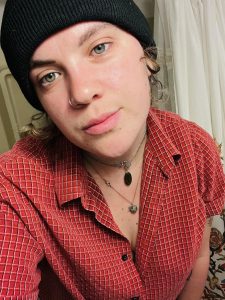

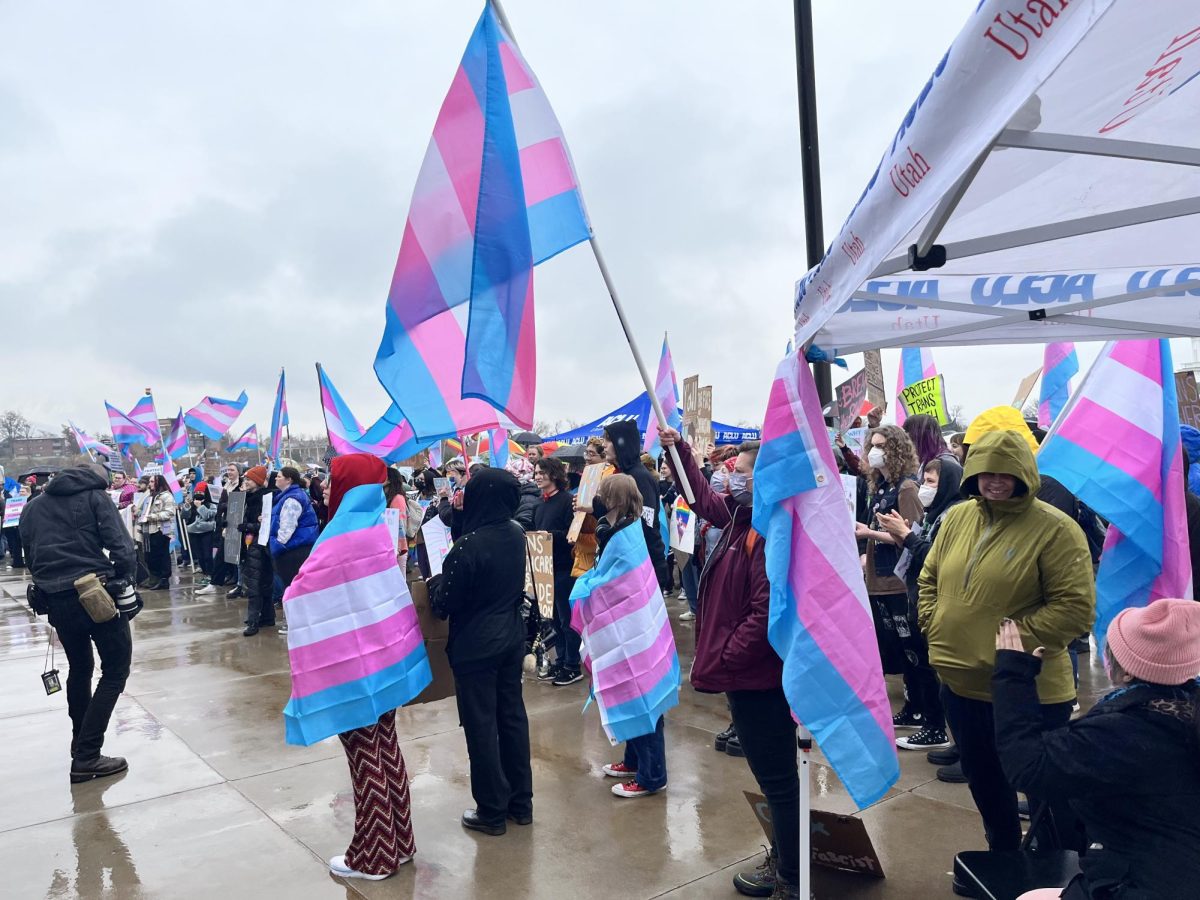

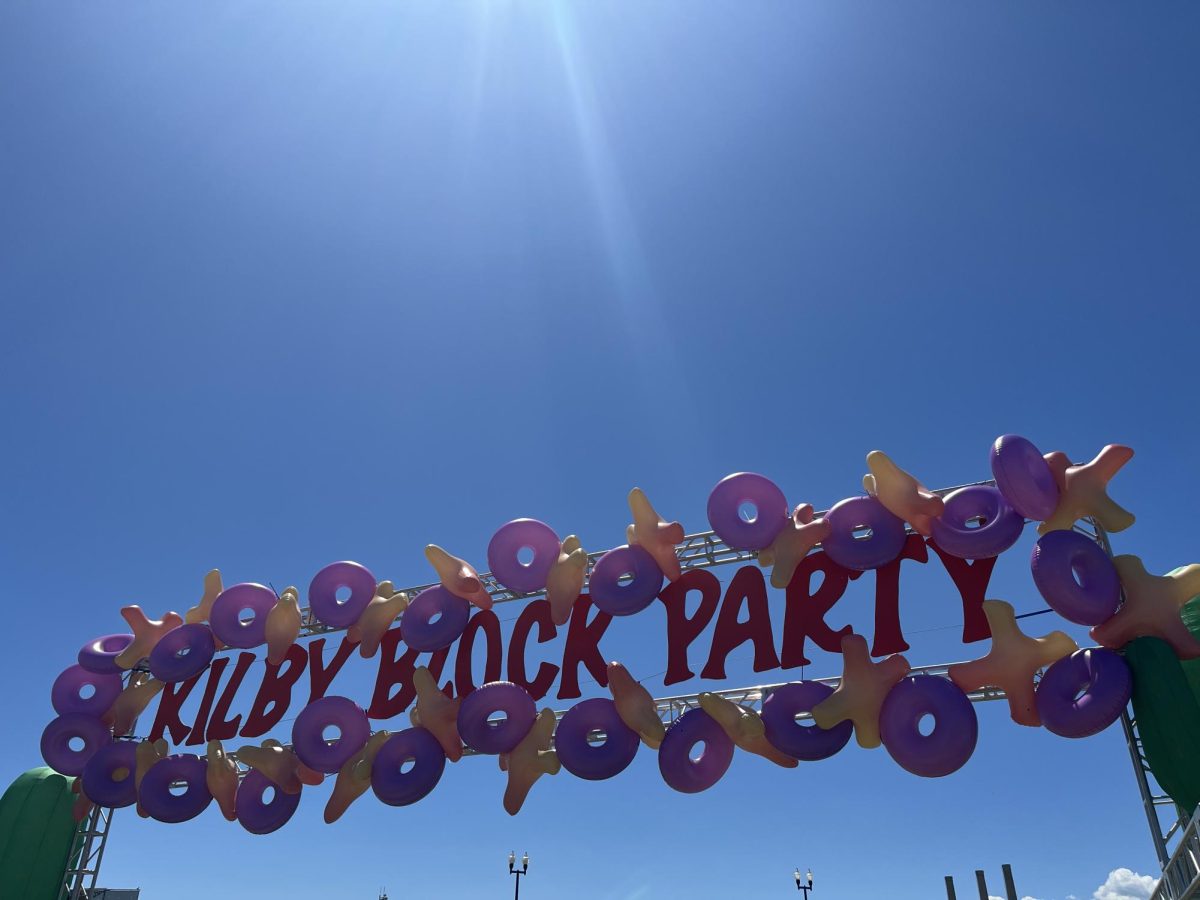
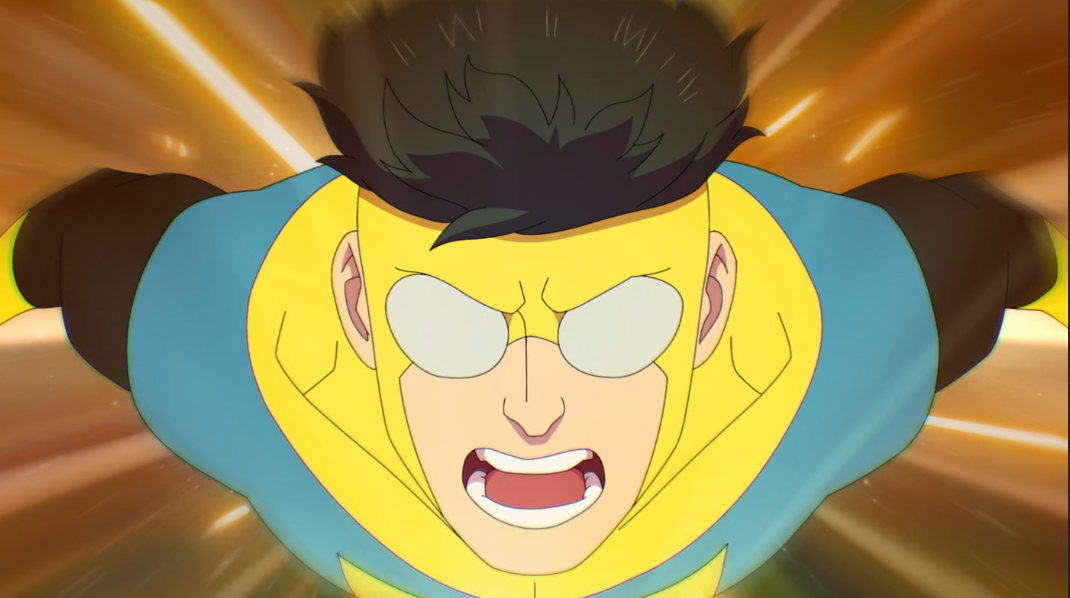
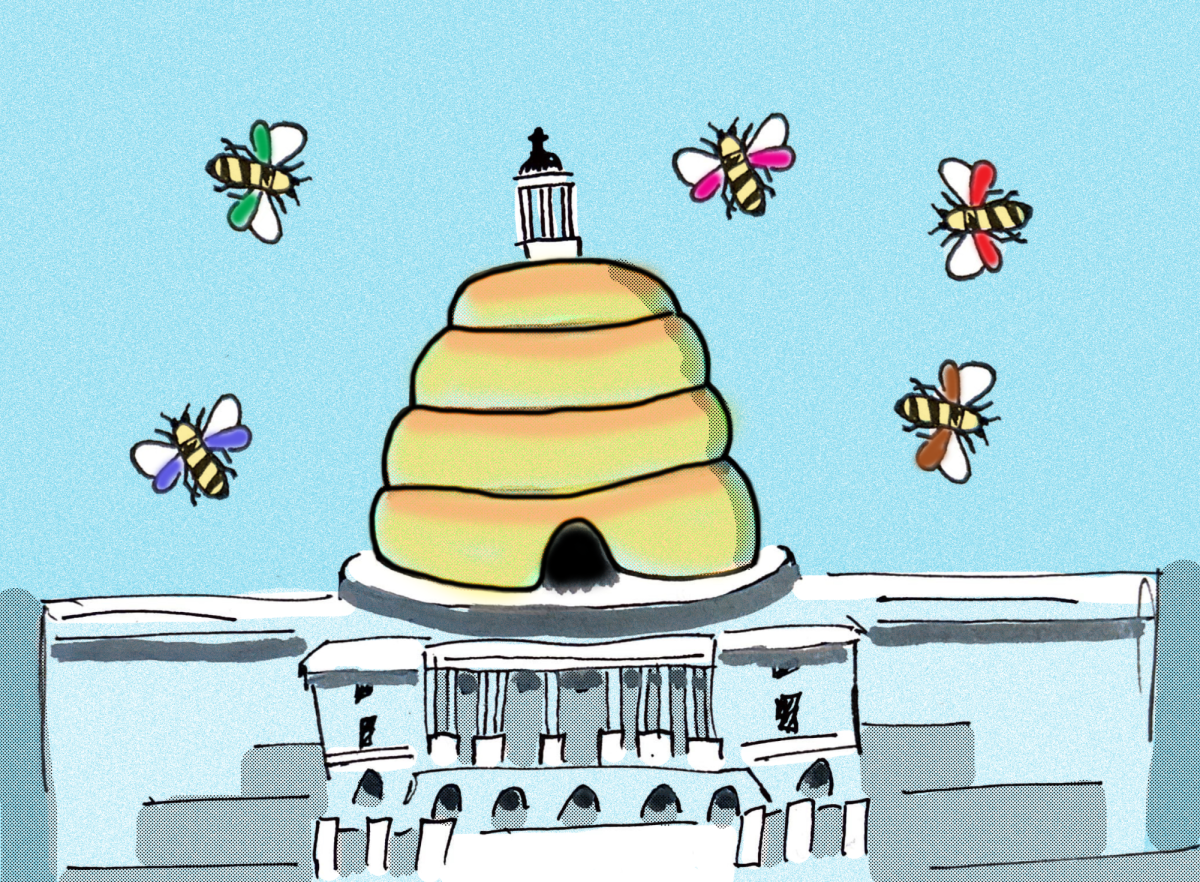




John Hedberg • Sep 8, 2022 at 2:54 am
https://www.youtube.com/watch?v=JE5TrVEGP20
Speaking of a sustainable future, limiting production of fossil fuels has led to poor people starving, with the prospect of freezing to death this Winter, because deliberately decreasing supply of fossil fuels increases prices, and much of the world’s food is reliant on fertilizers produced from fossil fuels (even aside from energy needs for harvesting, transportation, processing, and storage).
So, when fossil fuels become scarce, people literally starve and freeze to death. By the millions. We just haven’t seen it much in recent decades, because of relatively cheap energy prices.
Intermittent wind and solar power cannot yet be stored, and batteries create more carbon than they save when you factor in the mining, manufacture, and energy used in recycling the billions of spent batteries. California faces critical power outages daily where they are presently banned from recharging their e-cars, because the grid has insufficient generating capacity.
We aren’t ready with the technology to go 100% green without starving and freezing tens of millions of the most vulnerable people on earth, particularly children and old folks. Climate models show that even with net zero emissions, global warming continues regardless.
We need better solutions than deliberate genocide by worldwide hunger and exposure. People have been predicting that we have 10 years left since the ’70’s. Global Warming appears to be gradual. Why not take a more gradual approach?
Just a thought.
Best, with Love,
J Hedberg